|
0 Comments
"When redecorating your home, it’s important to remember the outside as well as the inside. Upgrading your outdoor space can make your home a more enjoyable space for both you and potential buyers—especially during summer months. “It’s useless to have a beautiful home inside and a mess outside,” says Jessica Yonker, editor of HGTVGardens.com and a contributor to HGTV.com’s blog Design Happens. “Pools, fire pits, and patios are always popular upgrades and additions, especially in summer,” Yonker says. “Not only do these upgrades make your home pretty, but beautifying your outdoors can also increase the value of your home.” Of course, cost is a huge factor, so budget carefully and have a solid plan in place. It’s safer to overestimate your budget than to plan an exact amount with no wiggle room, Yonker cautions. “When budgeting, make sure to factor in any taxes, service, and labor fees your project may incur, in addition to the materials,” she says. “Before you start a large outdoor project, you’ll want to think about how long you’ll be living in the home. You wouldn’t want to spend $20,000 on an outdoor kitchen if you’re not going to have a few years to enjoy it.” Popular outdoor upgrades include: Fire pits. Transform your back yard with a fire pit and make your yard the perfect place to relax on a lazy summer evening or chilly fall night. You can buy a portable fire pit in home improvement stores or install a custom-built, permanent pit. Outdoor kitchen. “For those who love to entertain, an outdoor kitchen is a must,” Yonker says. An outdoor kitchen can simply have a grilling area, or you can go all out with a gourmet grill, pizza oven, sink, stocked bar, and outdoor flat-screen television. Patios. To upgrade a poured concrete patio, consider replacing it with concrete pavers, which come in a variety of sizes, shapes, and colors. Also, consider adding a focal point like a paved walkway or fountain. Landscaping. “Adding a garden or planting trees are quick, inexpensive upgrades that can add beauty to your home,” Yonker says. Consider adding curb appeal and eye appeal with a splash of color and decorative planters on the front porch, patio, and decks. Paint. “You can also give your outdoors a new look by painting your house a new color or touching up the existing paint,” Yonker advises. A fresh coat of paint can inexpensively transform the look of your home and protect it from sun, rain, and wind, preserving your investment for years to come. Keep in mind that if you belong to a homeowners association, you’ll need check with it before you start any outdoor projects. The association may have restrictions on allowable paint colors, fence heights, and even types of trees you are allowed to plant. If you’re doing any digging, know where your utility lines are before you pick up the shovel. Call 811, a free, nationwide service that will connect you to a local center to arrange for someone to come out and mark your utility lines". Reference:
Becker, Eve. "Finance Blog." Equifax Finance Blog Increase Your Homes Value With These Five Outdoor Upgrades Comments. Http://blog.equifax.com, 8 July 2013. Web. 31 Mar. 2014. <http://blog.equifax.com/real-estate/increase-your-homes-value-with-these-five-outdoor-upgrades/>. "For all birds, water is essential to life. They need it daily for drinking as well as bathing. When you have the opportunity to observe wild birds in water, it is immediately evident how much they enjoy it. A simple bath looks like play, and it always appears to be a joy. In the wild, birds get their water from wherever they can find it… ponds, puddles, and even the cupped leaves of plants after a rain. You can bring the beauty of local and transient birds into your life when you offer them access to water near your home or apartment. If you are able to accommodate a man-made stream or pond on your property, they will soon seek it out and return frequently. But for many individuals, space considerations rule these out. Fortunately, a birdbath can be installed virtually anywhere. The Style of Your Birdbath Makes A Difference The most popular birdbaths are shallow basins. They require little maintenance, and birds are comfortable in them. A shallow birdbath, or one with a gentle slope to the middle, enables them to wade in. The deepest level should not be more than three inches. Because birds like to have secure footing, the bottom of the basin-style birdbath should not be too smooth – textured surfaces are the most desirable. If you can add a dripper to the birdbath, it may attract even more birds, since they love moving water. Placement A birdbath will not be popular if it is placed in the middle of an open yard where birds will feel vulnerable. A wet bird cannot fly fast, and needs close cover from predators. Instead, place your birdbath near an "escape route" – a tree, shrub, or fence where birds can take cover if startled. Placed atop a pedestal, a birdbath offers a sense of security and stabililty. Also popular are birdbaths designed to hang from a tree. When positioning your birdbath, think also of yourself. Place the birdbath where you can see it from indoors… from your desk, dining room, or kitchen. To make your birdbath easy to clean and refill make sure it is within easy reach of your garden hose. Maintenance Change the water every few days, or even every day in hot weather. Dump it out or rinse it out with a strong stream from your hose. Use a bird-safe birdbath cleaner weekly to remove any debris and built-on residue". Reference:
Dr. Foster & Smith Educational Staff. "Birdbaths Overview." Backyard Birdbaths: Attracting Wild Birds with Bird Baths & Bird Bath Fountains. Drfosterandsmith.com, n.d. Web. 28 Mar. 2014. <http://www.drsfostersmith.com/pic/article.cfm?aid=1301>.
Reference:
LaLiberte, Kathy. "How to Create Sensational Pots and Planters." Gardeners Supply. Gardeners.com, n.d. Web. 20 Mar. 2014. <http://www.gardeners.com/Planters-That-Stand-Out/5325%2Cdefault%2Cpg.html>. "Adding a bird bath to a garden area creates a decorative feature while promoting conservation of wild birds and other wild creatures. Bird baths create a water source for birds and other wild visitors to a garden. Knowing how to landscape around a bird bath can help you safely provide for visiting birds while creating a beautiful display in your garden. Proper Location for a Bird Bath A spot near trees and bushes is ideal for your bird bath. This location will make it more accessible to the wild birds that will visit and make use of the feature. Placing the bird bath in a sunny location gives you a large variety of plant possibilities around the bird bath but an area that receives a combination of sun and partial shade throughout the day would be an ideal choice. A Foundation for Your Bird Bath A paving stone is a good choice to set the bird bath on. Placing your bird bath on a paving stone will provide stability and a flat surface as well as block out some of the weeds directly against the base of the bird bath. Create a Pathway Around the Bird Bath By creating a pathway around your bird bath, you will be able to get close for cleaning and regular maintenance. Arrange paving stones around the bird bath and if you prefer the stones to be level with the ground, dig out a shallow indention in the shape of each stone. Level the dirt and place the paver in the spot. Add more dirt to make the stone level. Planting Around the Bird Bath In order to deter predators that will be looking at your visiting birds as tasty snacks (domestic cats are the biggest predator in my yard), keep a clear area of about 10 feet in diameter around the bird bath. This open area allows birds to make use of the water without predators being able to sneak up on them. Add some of your favorite plants to provide food and shelter for the wild birds. Some of my favorites are sunflowers and lilac bushes. Sunflowers will provide seeds and lilac bushes will provide shelter. Choose appropriate plants for the sun exposure near your bird bath. Provide Feeding Stations Around the Bird Bath Tall shepherd hooks can be placed to hang bird feeders in the area but still position them away from the bird bath. Do not place bird feeders close enough for dropped seeds to fall into your bird bath or you will be spending extra time cleaning it out. It is best to create a combination of feeding stations at various heights for the many birds that may visit - hummingbirds, goldfinches, cardinals, and more. Hang suet feeders, platform feeders, hummingbird feeders and other types of feeding stations to attract wild bird to the area of your bird bath. Create a Spot for You to Watch the Birds that Visit Your Bird Bath A bench or seat of some type should be placed at least 10 to 20 feet away from your bird bath. This distance will allow you to watch the birds visiting your bird bath without scaring them away. I have a garden swing that I sit in to watch the critters that visit my wildlife garden. Listening to the birds is a favorite summer pastime and I look forward to it daily. Miscellaneous Needs for a Bird Bath A rock placed in the center of your bird bath will give the birds something to perch on while they drink or bathe. Be sure the water level in your bird bath is never more than two inches deep and never add any chemicals to the water". Reference:
Morris, Tammy Lee. "Tips for Landscaping and Setting Up Your Bird Bath." Yahoo Contributor Network. Voice.yahoo.com, 19 June 2010. Web. 18 Mar. 2014. <http://voices.yahoo.com/tips-landscaping-setting-bird-bath-6424658.html?cat=6>. "A curious thing is happening among American shoppers. More people are taking a moment to flip over an item or fish for a label and ask, is it "Made in the USA?" Walmart, the nation's largest retailer, earlier this year announced it will boost sourcing of U.S. products by $50 billion during the next 10 years. General Electric is investing $1 billion through 2014 to revitalize its U.S. appliances business and create more than 1,500 U.S. jobs. Mom-and-pops are also engineering entire business strategies devoted to locally made goods — everything from toys to housewares. And it's not simply patriotism and desire for perceived safer products which are altering shopping habits. The recession, and still flat recovery for many Americans, have created a painful realization. All those cheap goods made in China and elsewhere come at a price — lost U.S. manufacturing jobs. A growing pocket of consumers, in fact, are connecting the economic dots between their shopping carts — brimming with foreign-made stuff — and America's future. They're calculating the trade-offs of paying a little more for locally-made goods. "The Great Recession certainly brought that home, and highlighted the fact that so many jobs have been lost," said James Cerruti, senior partner for strategy and research at consulting firm Brandlogic. "People have become aware of that." "'Made in the USA' is known for one thing, quality," said Robert von Goeben, co-founder of California-based Green Toys. All of their products from teething toys to blocks are made domestically and shipped to 75 countries. "We are reaching a tipping point, where Americans are relearning its competitive advantage," von Goeben said. "It's not about the cheapest product, but the best quality product." For many consumers, affordability has driven the bulk of purchasing decisions. Businesses in turn have ventured abroad for cheap labor and specific manufacturing skills to keep prices down. So what's driving big and small businesses to increase sourcing of U.S. products — beyond the obvious good PR? In short, a shift in global manufacturing that's in the early stages. A combination of factors including rising labor costs are eroding China's cost advantage as an export platform for North America. Mexico, meanwhile, is rebounding as a manufacturing base, and wages there will be significantly lower than in China, according to a Boston Consulting Group report. By 2015, BCG forecasts that for many goods destined for North American consumers — manufacturing in some parts of the U.S. will be just as economical as manufacturing in China. For years, the main attraction of China outsourcing has been access to low-cost labor. But pile on related business costs such as transportation of goods, duties and industrial real-estate expenses, and the global manufacturing landscape is no longer China-dependent. Domestic manufacturing, meanwhile, is on the mend. The pace of growth in the U.S. manufacturing sector picked up to its fastest rate in more than a year and a half in February, as new orders continued to accelerate. And imported goods — at least in footwear and apparel — are retreating slightly. While more than 97 percent of apparel and 98 percent of shoes sold in the U.S. are made overseas, U.S. imports in those two categories in 2011 declined for the first time ever since such data has been tracked by the American Apparel & Footwear Association. "The cost competitiveness of U.S. manufacturing is on the rise," said Cerruti of Brandlogic. Made in the USA Of course, plenty of goods are still made abroad. And many Americans are broke, jobless or underemployed four years after the 2008 economic crisis. An unemployment measure that factors in those who have quit looking for jobs, as well as those working part-time for economic reasons, is at 14.4 percent. For many, buying "Made in the USA" is a luxury they can't afford. USA Love List Despite many shoppers' thin wallets, there's a growing appetite for domestically-made goods. Blogger Sarah Wagner has turned her passion for "Made in USA" products into a successful website. USA Love List is devoted to sourcing and showcasing where to buy domestically-made items, ranging from lip gloss to pet food. She regularly scans the aisles of big retailers such as Costco and Target for American-made goods. Site traffic has mushroomed since USA Love List launched in November 2011. "There's clearly a hunger for this sort of information," said Wagner, based in Philadelphia. "Companies have no idea how much Americans want to support American companies. They want to get behind their neighbors and communities to make sure those jobs stay there. It's struck a nerve with a lot of people," she said. American-Made Green Products Among the growing piles of American-made goods, many are green with recycled materials. Turns out it's easier to manufacture green products domestically because sourcing of recycled materials including recycled plastic is particularly plentiful and transparent in the U.S., said Jenna Sellers Miller, president of Architec Housewares, a 9-employee housewares business, based in Delray Beach, Fl. Some of Architec's EcoSmart line of products are sourced domestically. The products are available at Target, Macy's and Bed Bath & Beyond. "We're getting appointments with retailers who just want to see our 'Made in the USA' products," Miller said. Domestically sourced recycled materials and a broader commitment to the environment shape Green Toys business strategy as well. With their factory and warehouse 10 miles apart in northern California, they also cut transportation costs and related emissions. The 12-employee company also creates a ripple effect of jobs including supporting local drivers, shipping and packaging companies and testing labs. "We could not have started this company anywhere else," von Goeben said. "This is a uniquely American company." Later this year, Green Toys will ship its first batch of toys from northern California to China. Said von Goeben, "It's the irony of all ironies.'" Reference:
Wee, Heesun. "Made in the USA: More Consumers Buying American." CNBC.com. Cnbc.com, 6 Mar. 2013. Web. 18 Mar. 2014. <http://www.cnbc.com/id/100519468>. |
AuthorArchives
January 2016
Categories
All
|
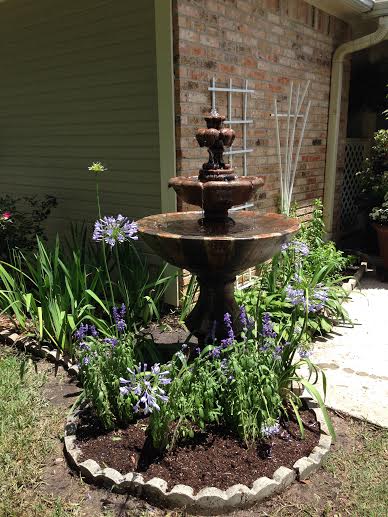
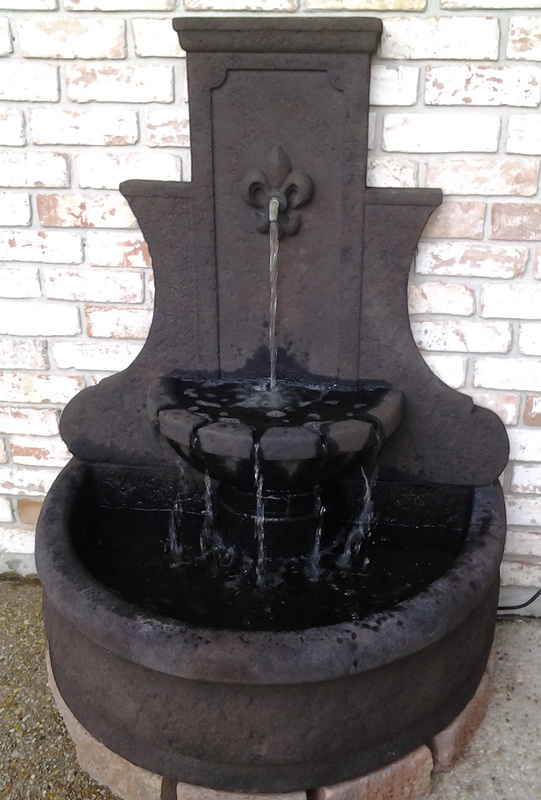
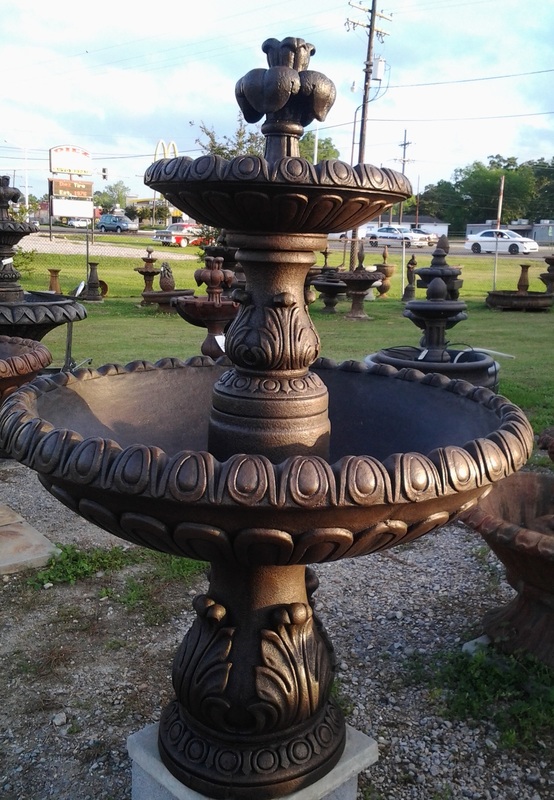
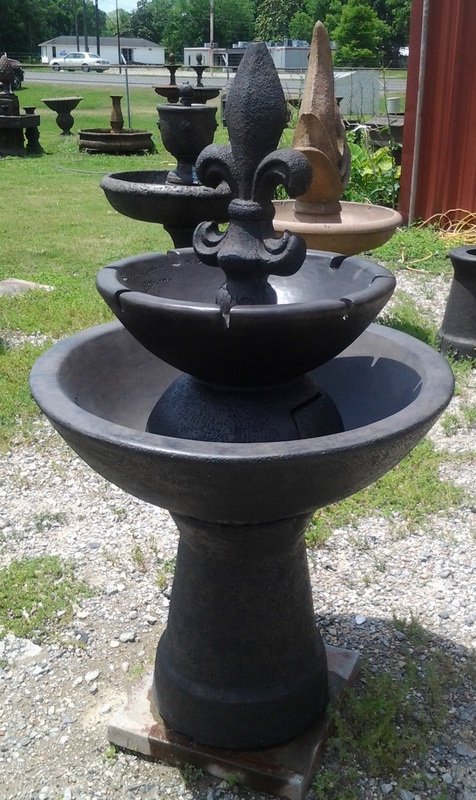
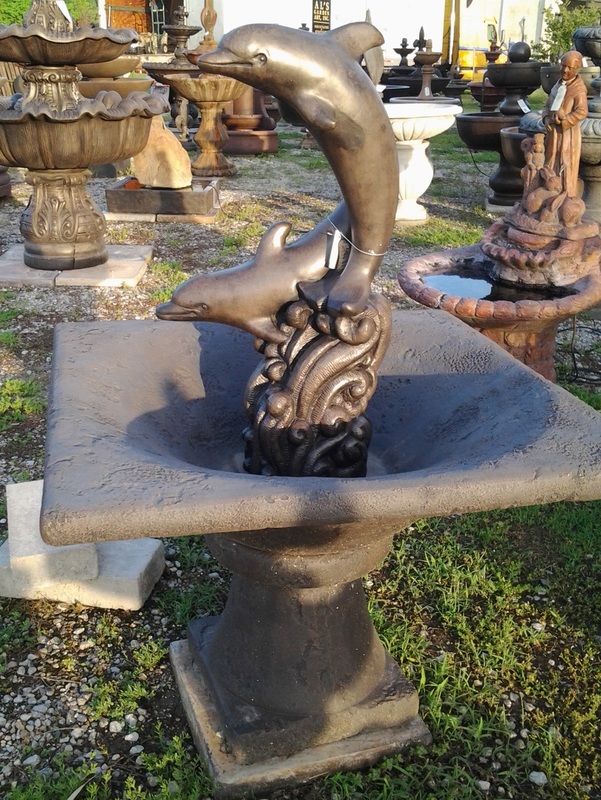
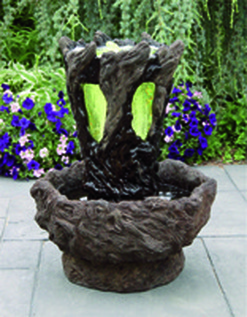

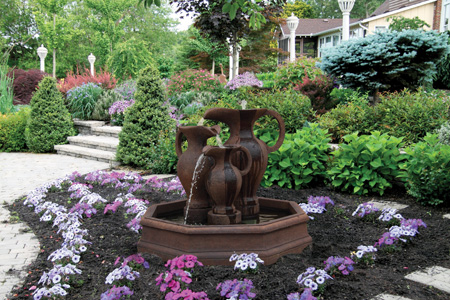
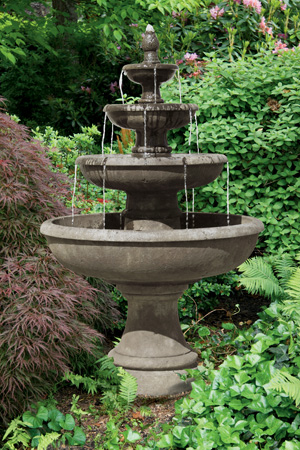
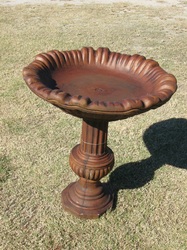
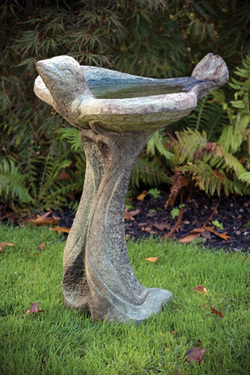
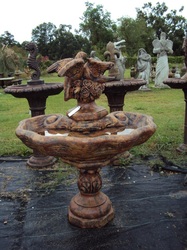
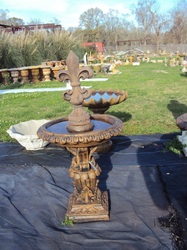
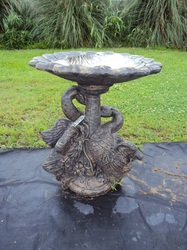
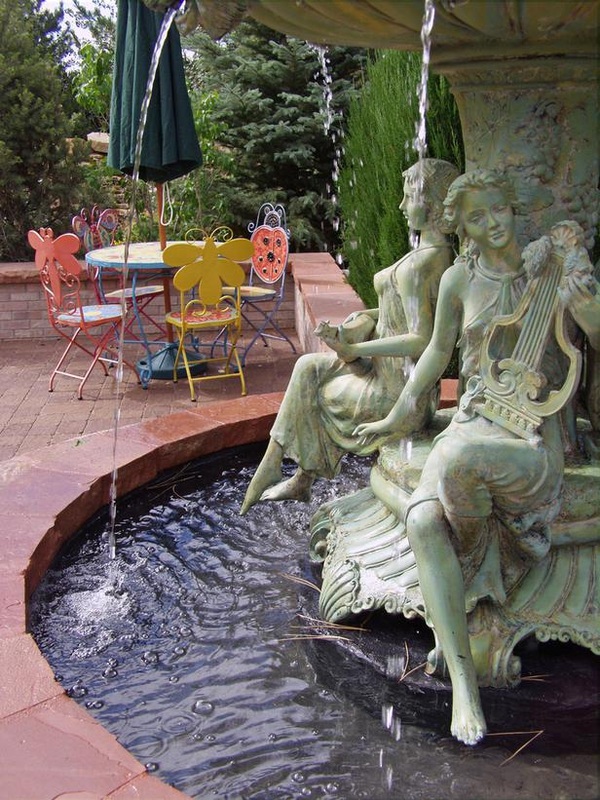
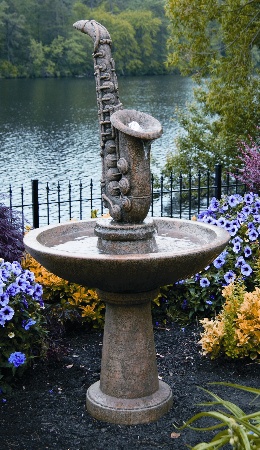
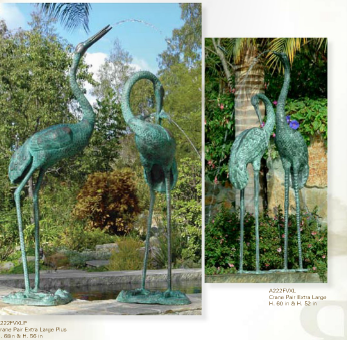
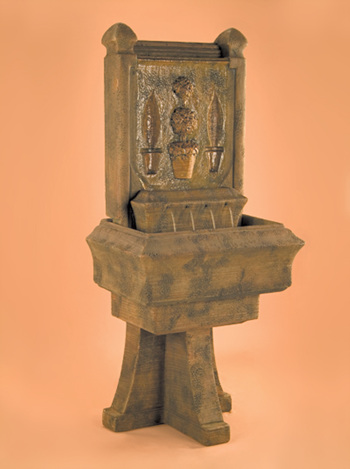
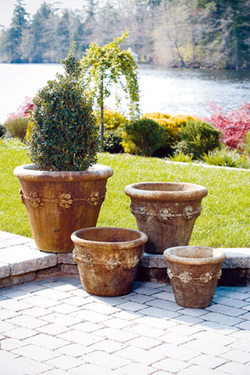
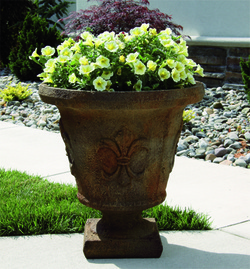
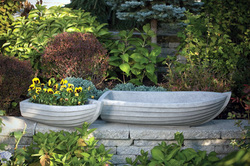
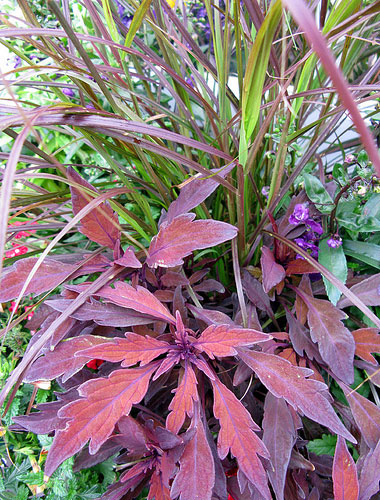
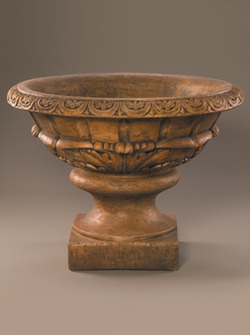
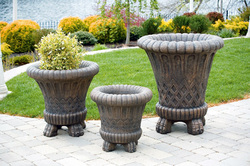
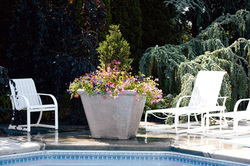
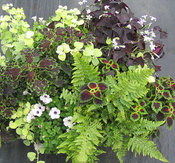
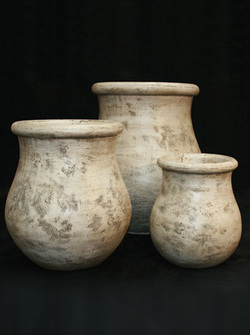
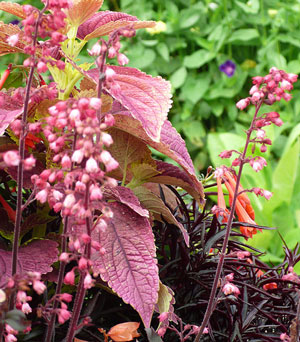
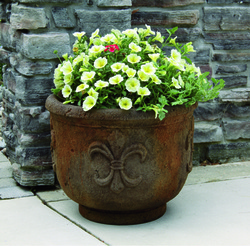
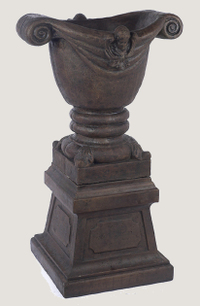
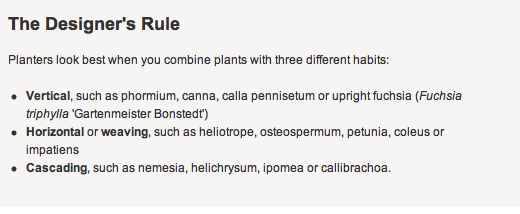
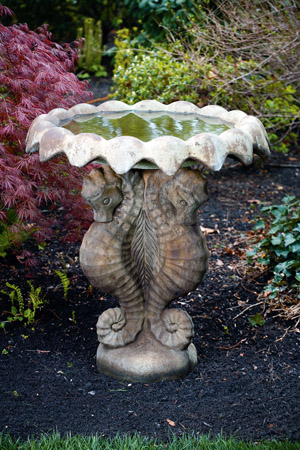
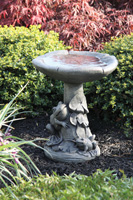
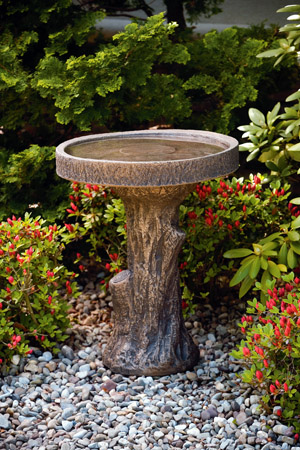
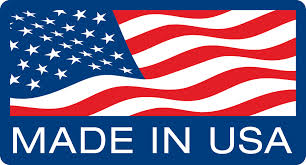
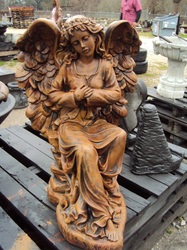
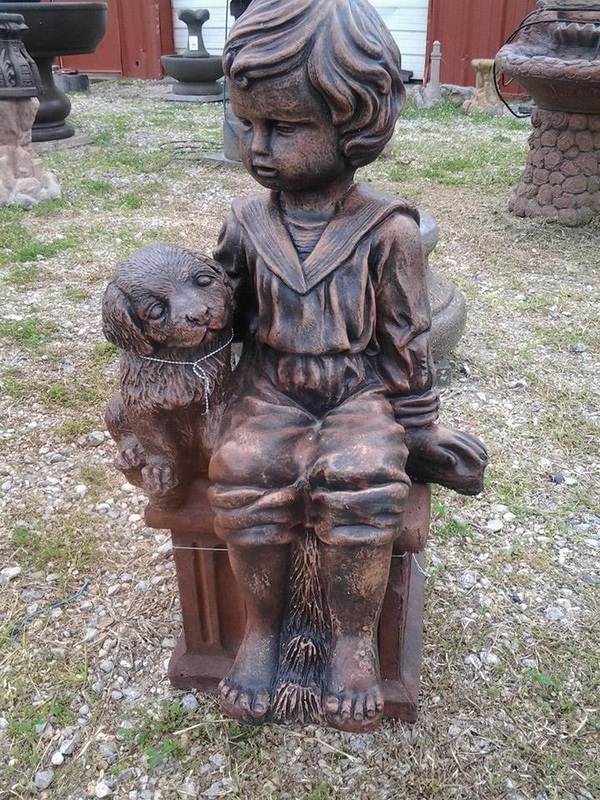
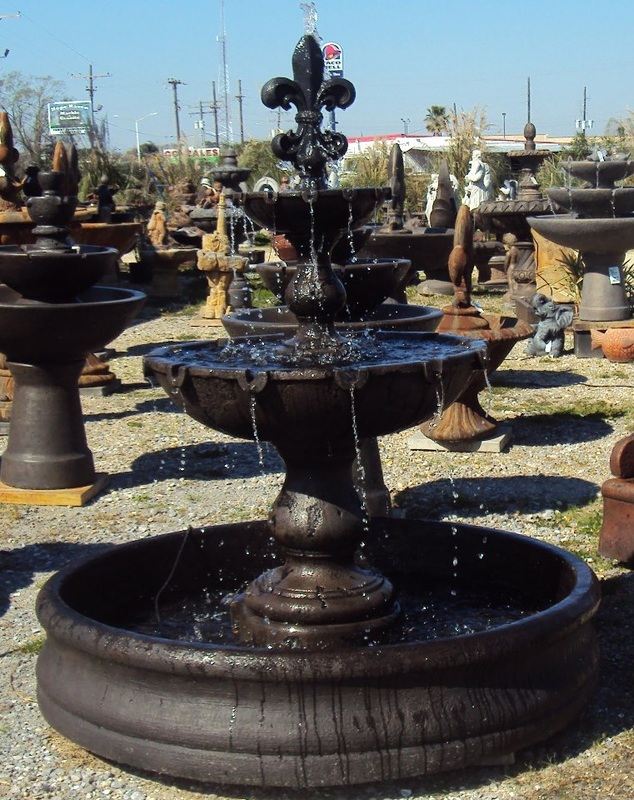
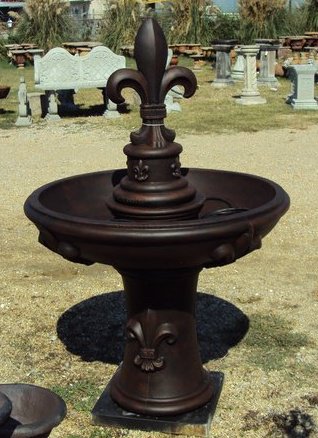
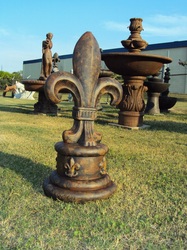
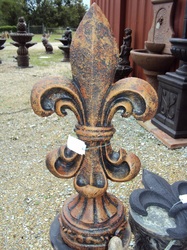
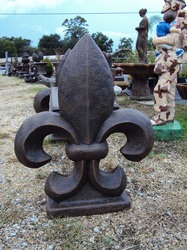
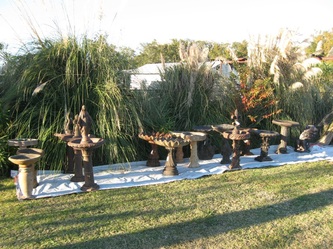
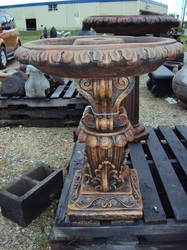
 RSS Feed
RSS Feed

